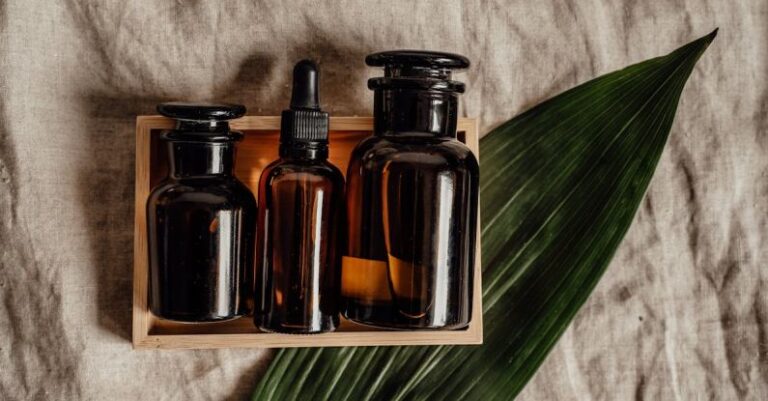
Facial massage is a relaxing and rejuvenating practice that can benefit both the skin and overall well-being. Through gentle manipulation of the facial muscles and tissues, facial massage can help improve circulation, reduce tension, and promote a glowing complexion. There are various techniques that can be used during a facial massage to enhance its effectiveness and provide the best results.
**Choosing the Right Massage Oil**
Selecting the appropriate massage oil is crucial for a successful facial massage. Opt for oils that are non-comedogenic and suitable for your skin type. Popular choices include jojoba oil, almond oil, coconut oil, and rosehip oil. These oils not only provide lubrication for smooth movements but also offer additional benefits such as hydration, nourishment, and antioxidant protection for the skin.
**Effleurage**
Effleurage is a gentle stroking technique that involves gliding the fingertips or palms over the skin in a smooth and continuous motion. This technique helps to warm up the muscles, improve circulation, and relax the facial tissues. To perform effleurage, start at the forehead and move in outward and upward strokes towards the temples, cheeks, and chin. Repeat this motion several times to cover the entire face.
**Pinching and Tapping**
Pinching and tapping are stimulating techniques that can help invigorate the skin and improve blood flow. Pinching involves gently squeezing small sections of the skin between the fingers, while tapping is done using light, quick movements with the fingertips. These techniques can be particularly effective for reducing puffiness, promoting lymphatic drainage, and enhancing the absorption of skincare products.
**Kneading**
Kneading is a kneading technique that involves gently lifting and squeezing the skin between the fingers and thumbs. This technique helps to release tension in the facial muscles, improve elasticity, and promote a more sculpted appearance. To perform kneading, start at the jawline and work your way up towards the cheeks and forehead, using a gentle but firm pressure.
**Acupressure Points**
Acupressure points are specific points on the face that correspond to different organs and systems in the body. By applying pressure to these points, you can help alleviate tension, improve energy flow, and promote overall well-being. Some common acupressure points on the face include the temples, the space between the eyebrows, and the corners of the jawline. Use your fingertips to apply gentle pressure to these points in a circular motion for a few seconds.
**Facial Cupping**
Facial cupping is a technique that involves using small suction cups to gently lift and massage the skin. This technique can help improve circulation, reduce puffiness, and promote a more sculpted appearance. To perform facial cupping, apply a small amount of oil to the skin and glide the cups in upward and outward motions along the contours of the face.
**Gua Sha**
Gua Sha is an ancient Chinese technique that involves using a flat, smooth tool to scrape and massage the skin. This technique helps to release tension, promote lymphatic drainage, and improve the absorption of skincare products. To perform Gua Sha, apply a generous amount of oil to the skin and use the tool to gently scrape along the jawline, cheeks, and forehead in upward motions.
**Closing Thoughts**
Facial massage is a wonderful way to pamper yourself and improve the health and appearance of your skin. By incorporating these techniques into your skincare routine, you can enjoy the many benefits of facial massage, including improved circulation, reduced tension, and a radiant complexion. Experiment with different techniques to find what works best for you and make facial massage a regular part of your self-care routine.





